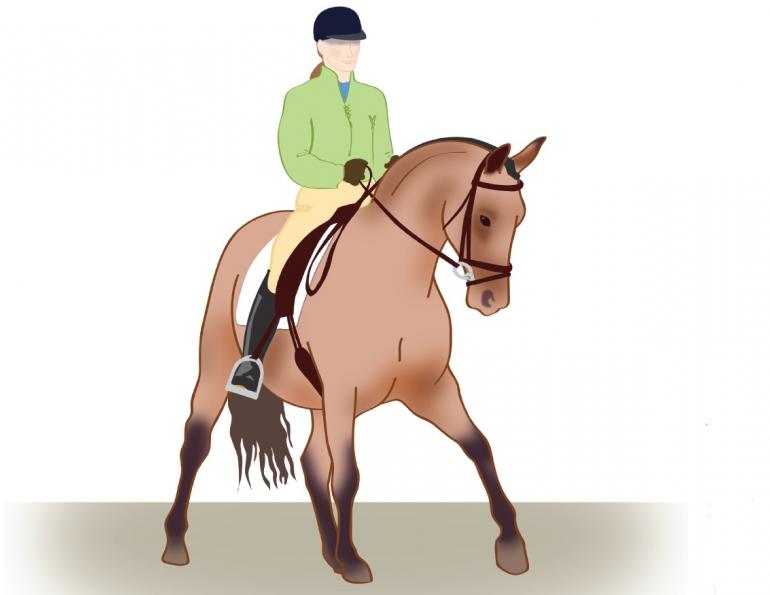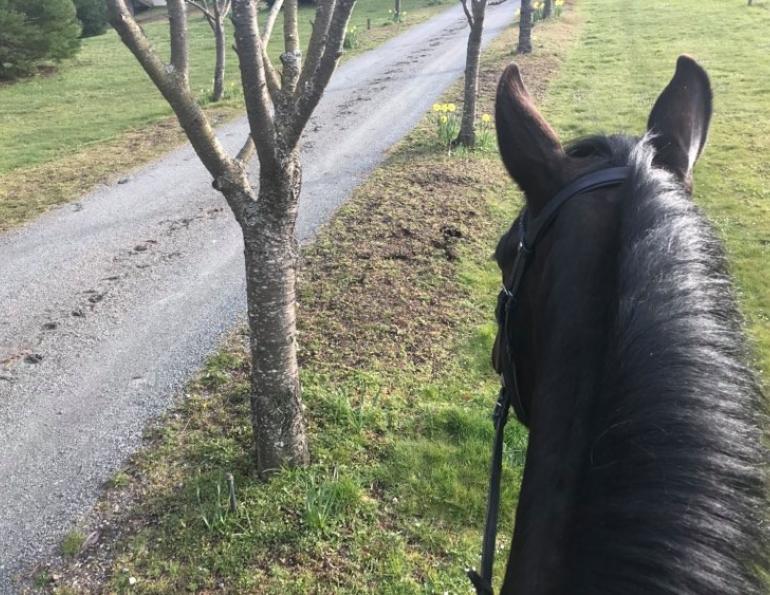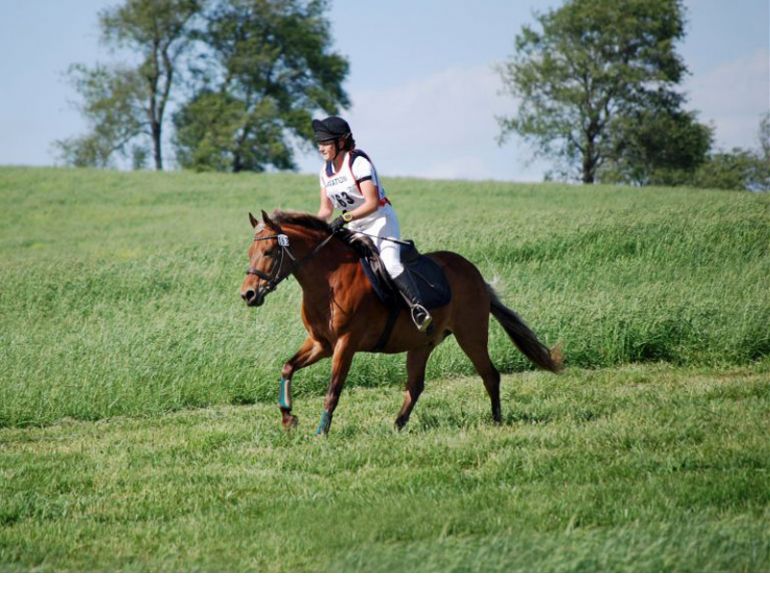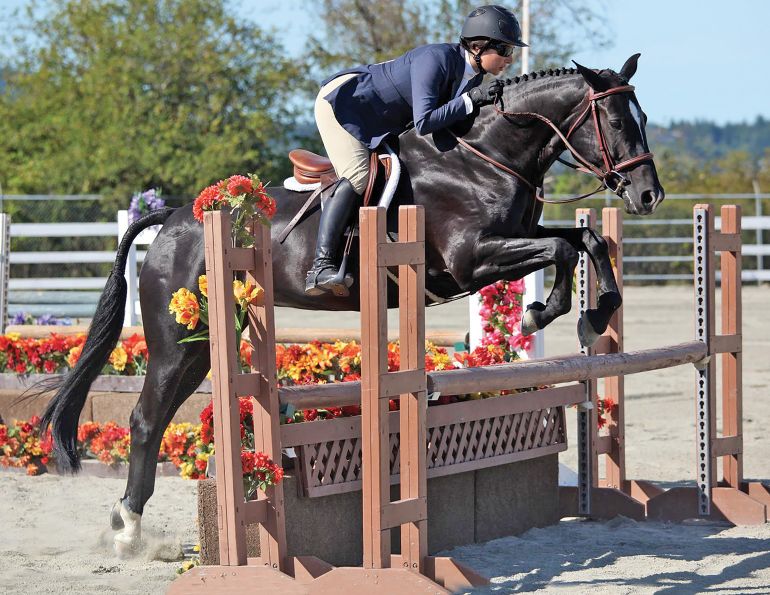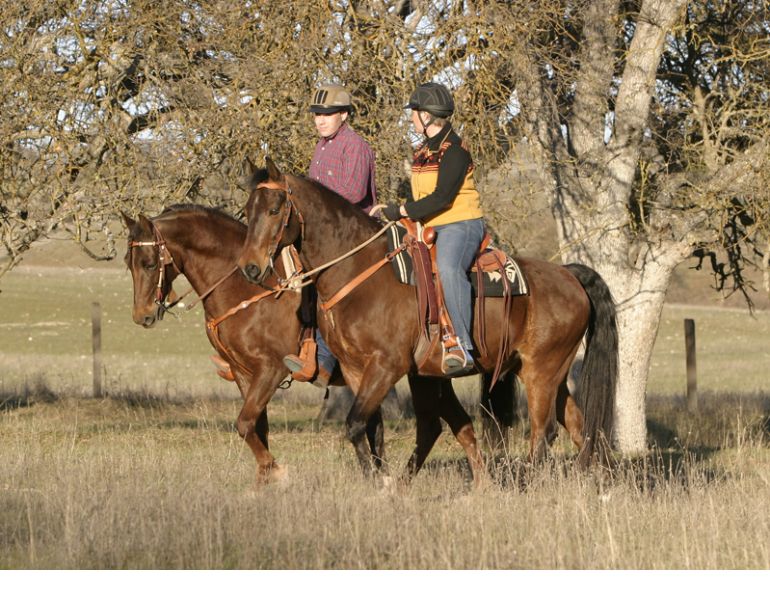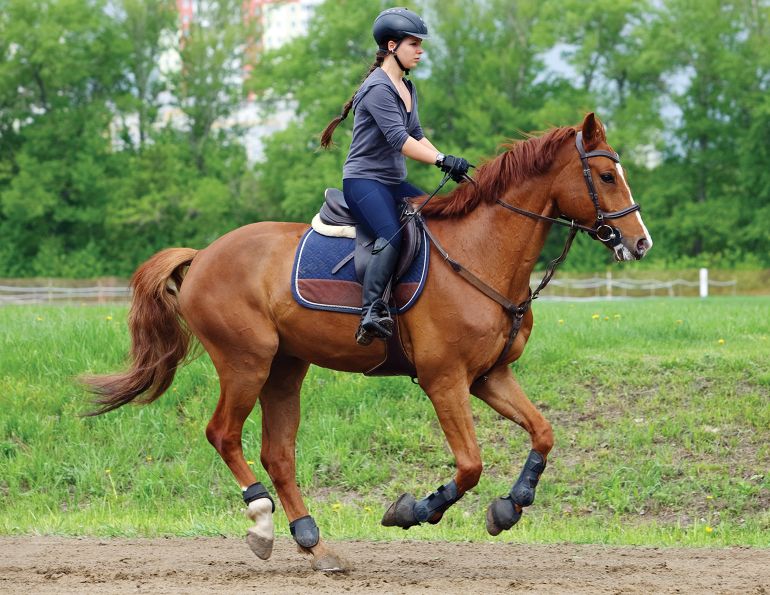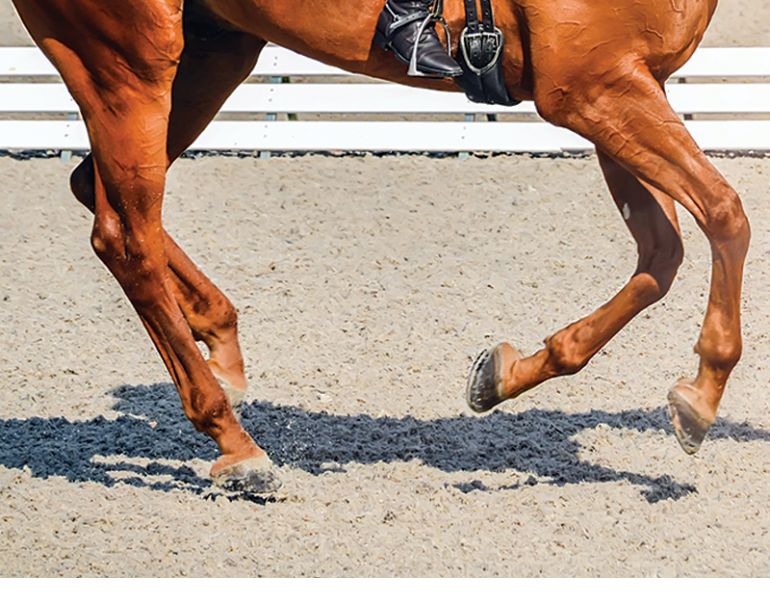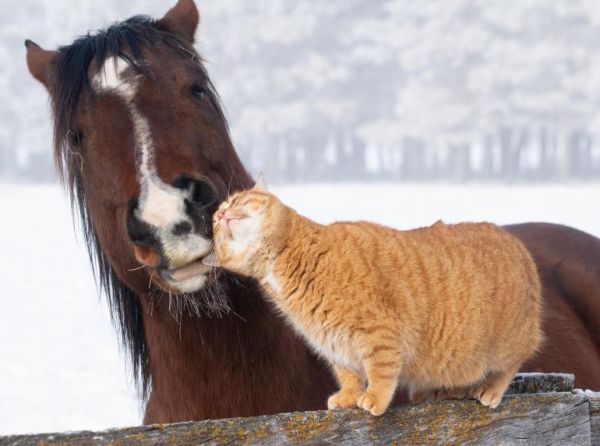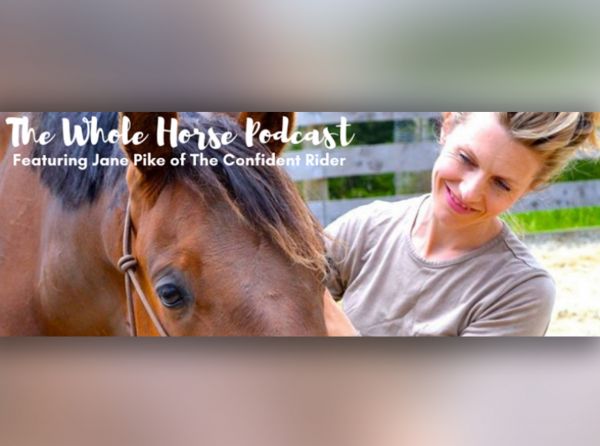With Lee Tubman
By Jess Hallas-Kilcoyne
Lateral suppleness refers to the ability of a horse to bend his body and neck laterally (side to side) while maintaining the same rhythm, balance, and relaxation through his body. In order to achieve lateral suppleness, the strength and flexibility of the horse's lateral muscles must be carefully developed - this is where lateral work comes in.
“By riding any lateral exercise, you will create a lateral supppling effect,” says Grand Prix dressage rider and trainer Lee Tubman. When it comes to lateral work in canter, Tubman prefers to begin with the leg-yield and half-pass. But, he cautions, “lateral exercises are somewhat vampire-like...they suck energy out of a horse. That's why you need to have established impulsion first.”
Riding forward and back transitions within the trot and canter is a great way to build a horse's impulsion.
“Ride forward into a medium gait for 5 to 10 metres and then half halt and return to the original pace,” says Tubman. “And repeat. If you have ridden this exercise, you will have energy with which to ride the following lateral exercises."
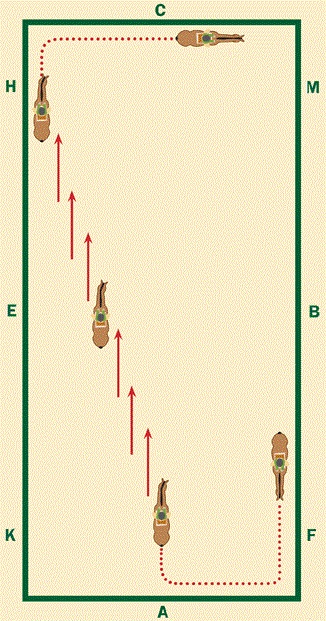
Canter Leg-Yield
Beginning in right lead canter (either working or collected depending on level of training), turn right onto the quarter line after A. Proceed straight for a few strides, and then gradually ask for three or four strides in leg yield toward H.
“Only ride it for as long as you feel the original rhythm is maintained,” cautions Tubman. “When the horse starts to slow, discontinue the lateral exercise and recharge the forward battery. Then repeat the exercise. This might mean you only ride five metres of the lateral exercise and then you straighten, re-energize, and repeat.”
“The duration that a lateral exercise is ridden is based on maintenance of basics,” he continues. “Lose a basic and there is not much point in continuing to ride the lateral exercise. All that happens then is the horse will imprint on how to do it incorrectly.”
Repeat the canter leg-yield three to four times on each lead, but be careful not to overdo it. “It’s a tough exercise so listen to what your horse tells you,” says Tubman.
Once you and your horse have progressed to leg-yielding in canter from the centreline all the way to the wall at H, Tubman says, “you may find half-pass quite easy.
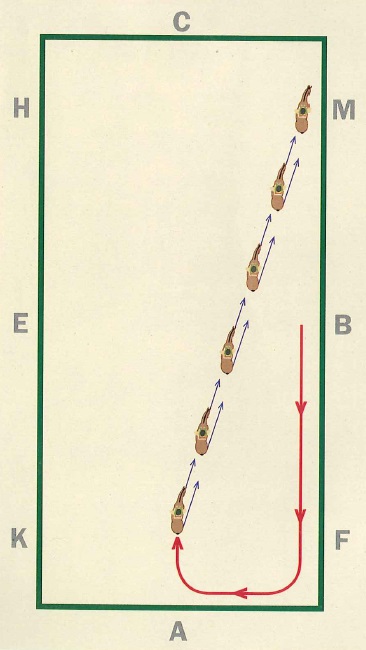
Canter Half-Pass
Proceed in canter on the right lead and turn onto the centreline at A. Canter straight for a few strides, then half-pass to M.
In the half-pass, the horse should remain bent to the right with his nose pointing in the direction of travel. Your inside leg placed at the girth creates impulsion and bend. Your outside leg, positioned slightly behind the girth, encourages the haunches to displace to the right. The inside rein asks for right flexion, while the outside rein controls the horse’s outside shoulder. Your upper body should remain parallel to the horse’s shoulders, and your shoulders and head can turn slightly in the direction of the half-pass.
“If you feel the horse losing energy in the half-pass, add in a lengthening on the long side, or on a circle,” Lee says. Then repeat the half-pass in the other direction.
It’s important not to overtrain the canter leg-yield and half-pass. “These are difficult exercises,” says Lee, “so pay attention to how your horse reacts. If you have never done either of these before, then twice a week to start is probably enough. Thereafter, you can ride the exercises two to three times a week until they are easy.”
These exercises originally appeared in the April 2012 issue of Canadian Horse Journal.

About Lee Tubman: Lee Tubman is an internationally recognized rider, Equine Canada Level 3 Dressage Coach, and judge. He was the 1998 Canadian National Grand Prix Dressage Champion and is currently long-listed for the Canadian Dressage Team. Lee currently resides and trains in Wellington, Florida, and is competing at Grand Prix level with Delight, an 11-year-old Hanoverian gelding by De Niro owned by Ducat Developments, of Calgary, Alberta.



